Kenwood House: How one of London's most famous landmarks was saved from destruction
It’s almost inconceivable nowadays to think that one of London’s most famous landmarks was once destined for redevelopment. A century on from the fight to save it, Jack Watkins finds out what happened
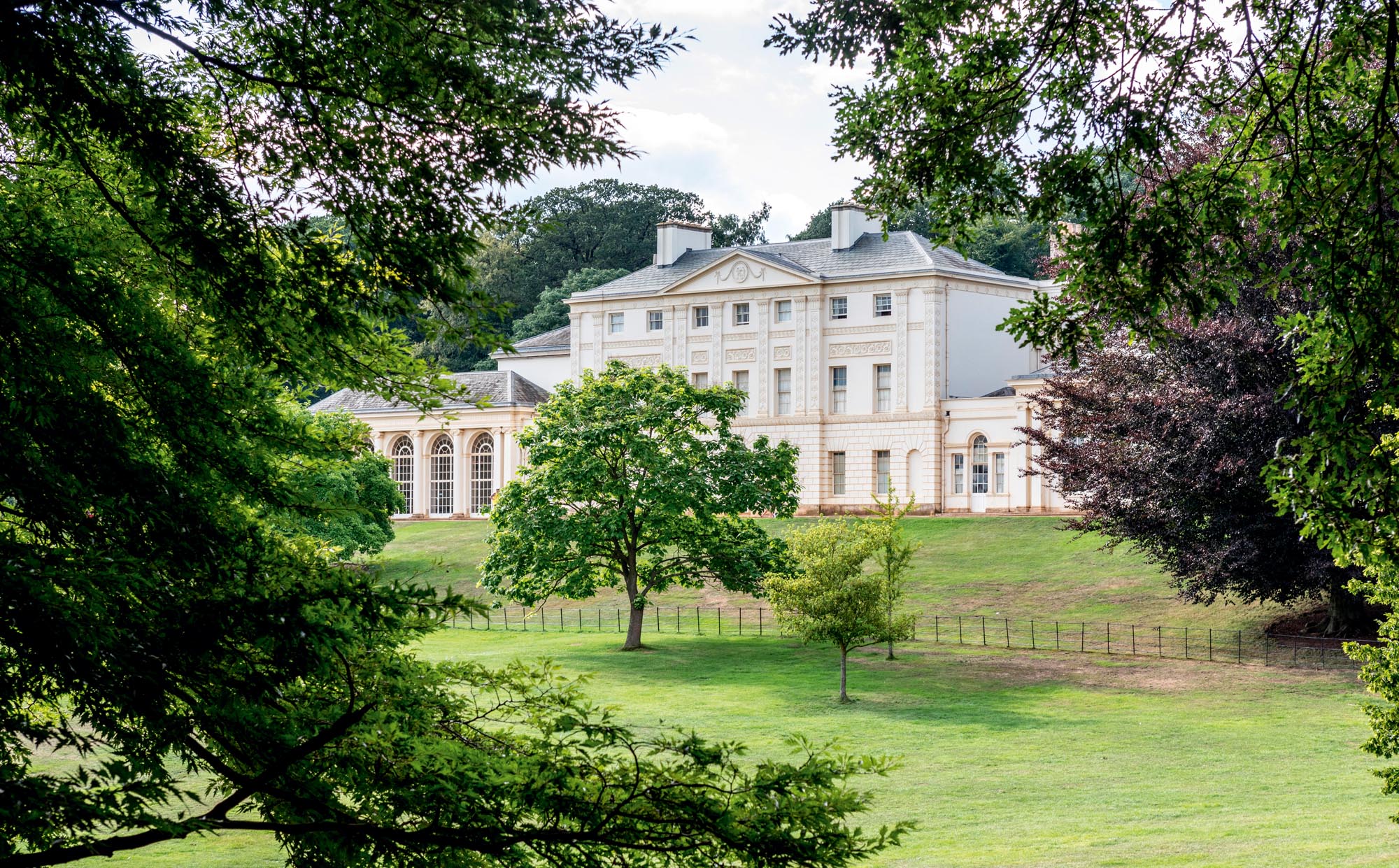

Kenwood House’s already sizeable collection of miniatures grew in size again earlier this year, thanks to a donation from one Lady Cohen, of 65 18th- and 19th-century small-scale artworks. The donation included a later work by German-born miniaturist and enamellist Jeremiah Meyer, who enjoyed the patronage of George III and Queen Charlotte, and a double portrait by Andrew Robertson, one of the leading miniaturists of the early 19th century.There would have been miniatures at Kenwood, the great house that sits up in the so-called northern heights of Hampstead, at the peak of its cultural and artistic patronage period.
This ran from the years of William Murray, 1st Earl of Mansfield, who employed Robert Adam to enlarge the property in a neo-Classical style, in the 1760s, through to those of the 2nd and 3rd Earls in the late 1830s. At about that time, John Claudius Loudon described Kenwood as ‘beyond all question, the finest country residence in the suburbs of London, in point of natural beauty of the ground and wood, as in point also of the main features of art’.
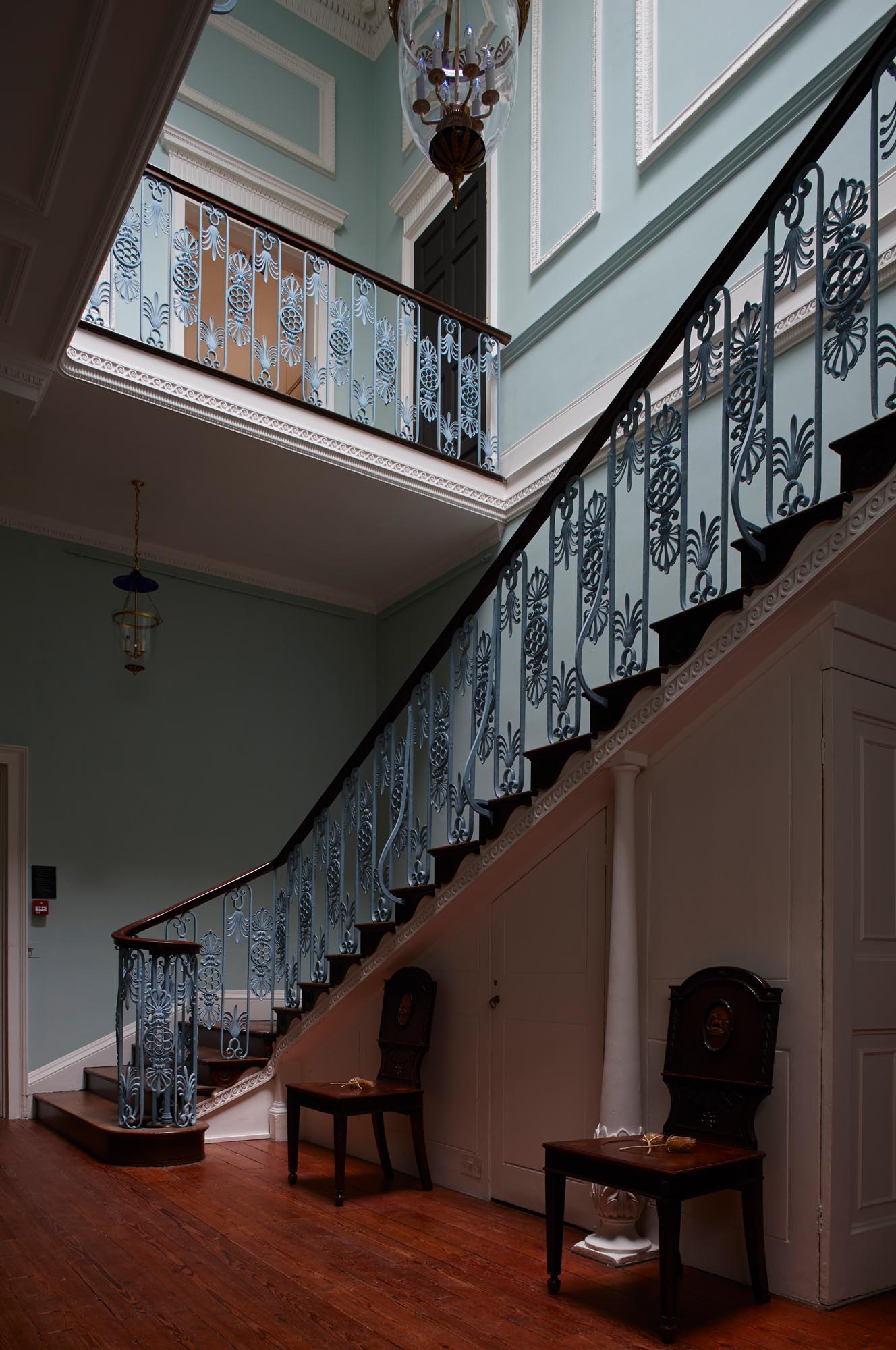
The property, now in the care of English Heritage, remains revered for its setting and views across London, as well as for its collection of Old Master paintings, left to the nation in the Iveagh Bequest of Edward Cecil Guinness, 1st Earl of Iveagh, in 1927. It’s remarkable to think, therefore, that, at an auction a century ago, with a question mark hanging over its future, many of the house’s finest furnishings, including Adam’s specially designed furniture, were sold. The house spent the next couple of years falling into a state of disrepair.
Concerns about the future of Kenwood — its ravishing views and the wildlife that populated the wooded acres around it — had abounded since 1908, when The Times carried a notice of a possible sale by Alan David Murray, 6th Earl of Mansfield. The Earl preferred to concentrate his resources on his more profitable Scottish estates.
Rather than being sold, however, Kenwood House was let to the Grand Duke Michael Mikhailovich of Russia and Country Life ran a nine-page feature on the estate as part of a series titled ‘Country Home Gardens Old & New’ (November 22, 1913). In his book The Saving of Kenwood and the Northern Heights (1992), author John Carswell points out that the article’s photographs are the last evidence of the Adam-era furnishings and ornaments in their proper and precise arrangements, dating back to the time of the 1st Earl of Mansfield.
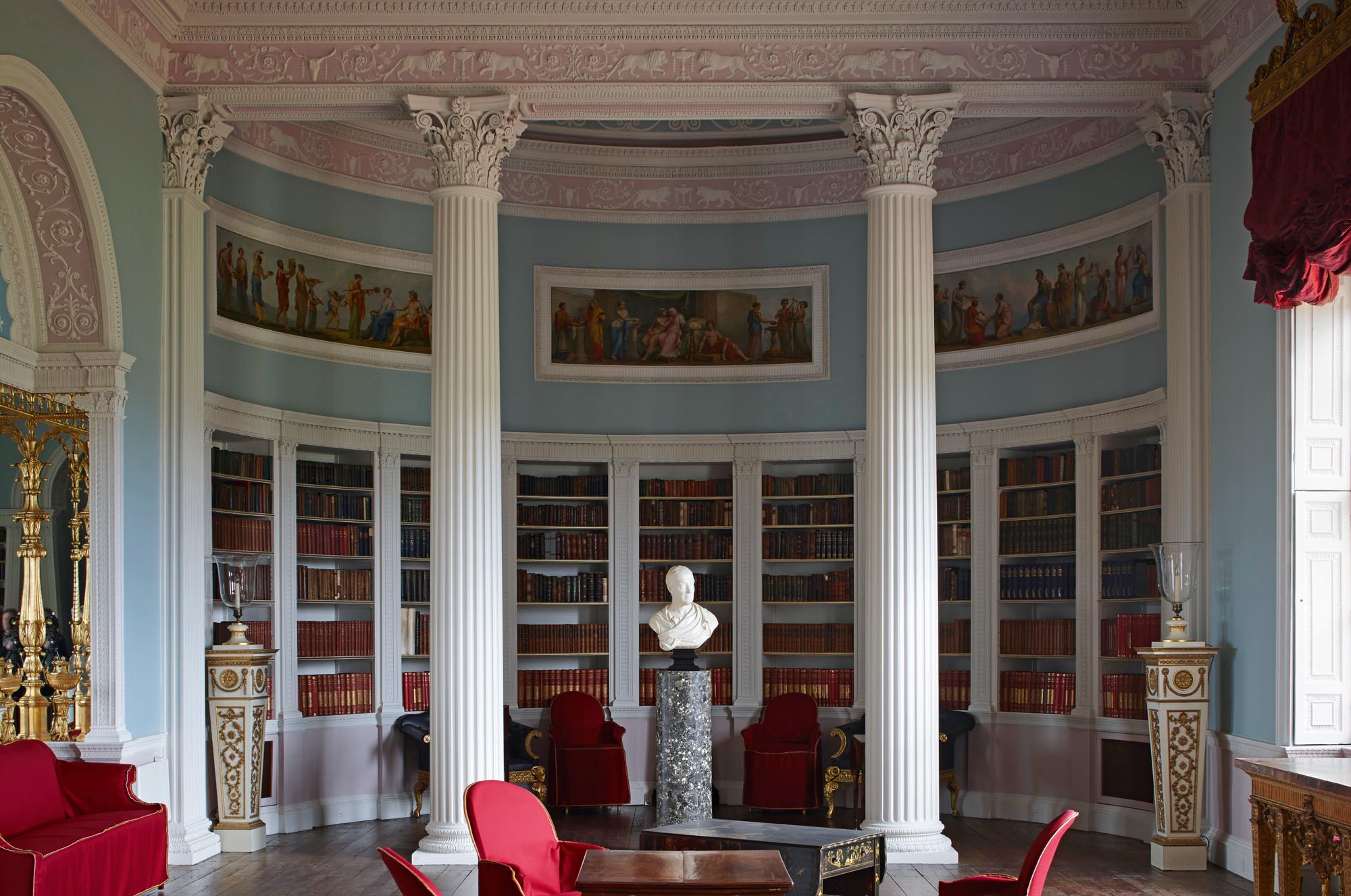
The impact of the Russian Revolution in 1917 on the Romanov fortune meant the Grand Duke had to end his lease, at which point plans were drawn up by a building syndicate to introduce streets of terraced houses across the estate.
These plans were stayed by the First World War and then, in 1919, fought against in earnest in one of London’s greatest conservation campaigns of the early 20th century — serious enough for Lord Curzon, a major mover in the drive to buff up protection of national heritage, to raise the matter in parliament. He asked Prime Minister David Lloyd George if steps could ‘be taken to acquire the property for the country and prevent the woods being cut down’.
Sign up for the Country Life Newsletter
Exquisite houses, the beauty of Nature, and how to get the most from your life, straight to your inbox.
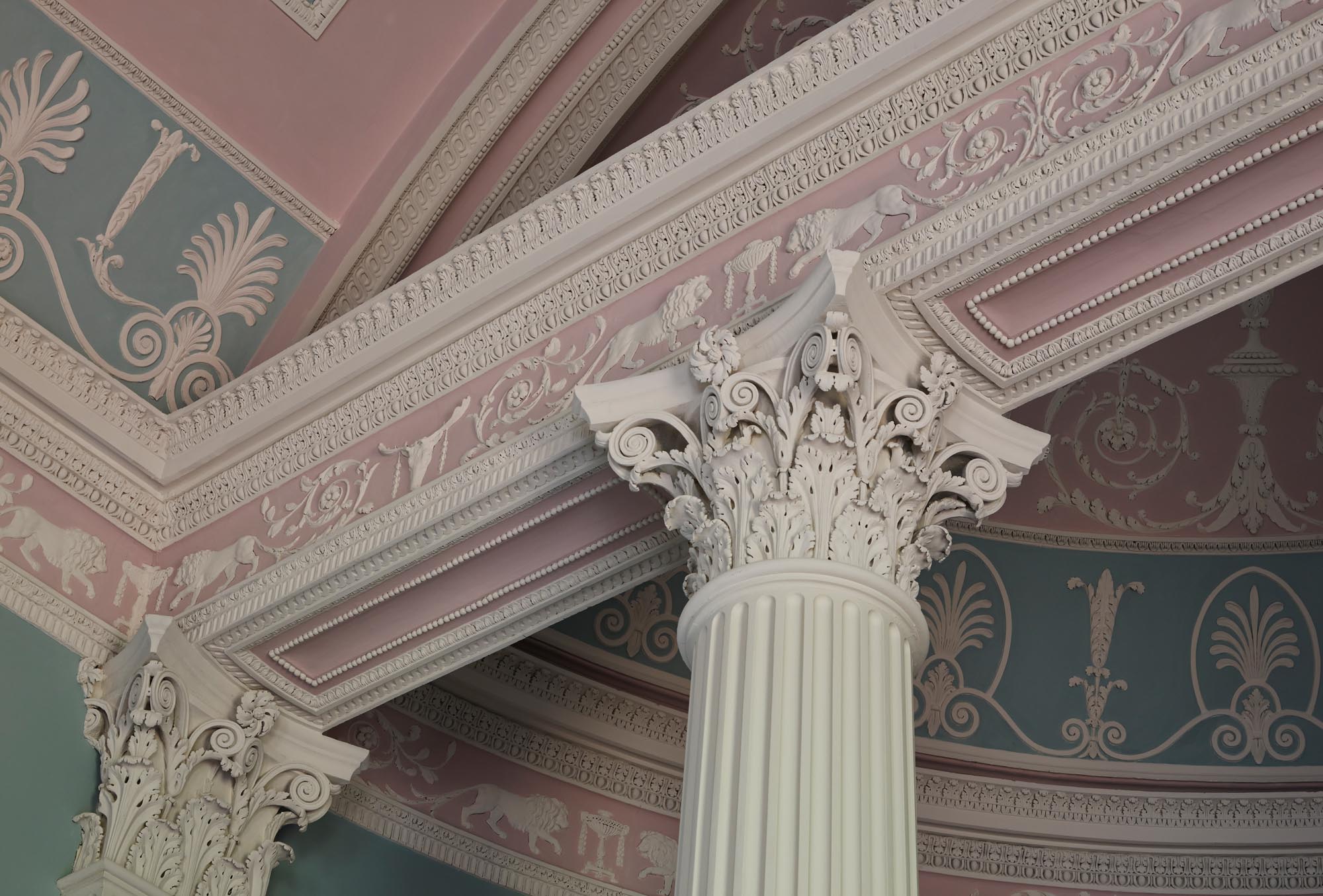
The campaign was led by Sir Arthur Crosfield, a former Liberal MP and wealthy businessman, who formed the Kenwood Preservation Council the same year. Overtures were made to the 6th Earl, but his determination to sell for the highest possible price meant an early offer was rejected. Undeterred, Crosfield, advised by Lawrence Chubb, instrumental in the saving of Box Hill and the Surrey Commons, and with support from the Royal Society, the RSPB and the Commons Preservation Society, launched a public appeal.
This stressed that, if Kenwood and its surrounds were lost to housing development, the work would spoil the views from Hampstead Heath itself, which had been protected from the threat of development and designated a public space in the 1870s. Crosfield also made it known that, if the campaign was successful, the estate would be presented to London County Council, although at that stage the latter had not actually acknowledged it would accept it as a public gift.
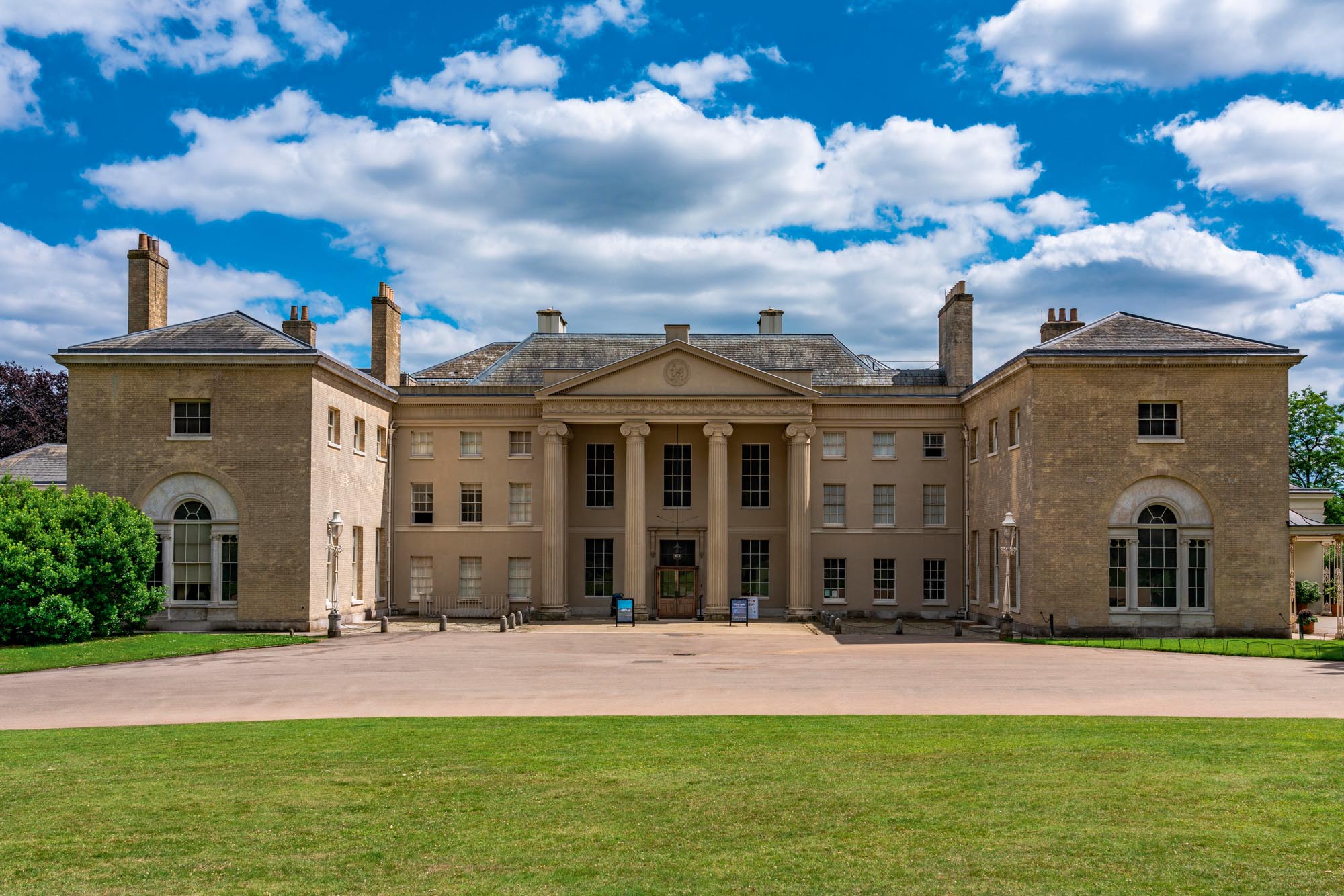
Crosfield was also adept at keeping the press on side, particularly The Times, which urged the Earl to show some public spirit. Posters were plastered across the London Underground, including a highly emotive one by the cartoonist Percy Fearon (known as Poy), featuring a figure with the words ‘Jerry Builder’ on his back taking an axe to a veteran tree, its branches bearing straplines such as ‘shady dells’, ‘woodland joys’ and ‘leafy delights’.
For a time, Crosfield struggled to raise funds. Many wealthy figures pledged support, yet failed to step forward with substantial contributions. Eventually, enough money was raised to buy 95 acres, amounting to about half the estate, in 1922, followed by the prized ancient woodland of the South Wood, in 1924. The house itself, with a further 74 acres remained, for some time, in the hands of the Earl, but was eventually bought by the 1st Earl of Iveagh, who promised that none of it would ever be built on. ‘The Great green tract,’ said Carswell, ‘with a character which no other great city in the world can boast within five miles of its very centre’, had been saved.
Find out more at www.english-heritage.org.uk/visit/places/kenwood
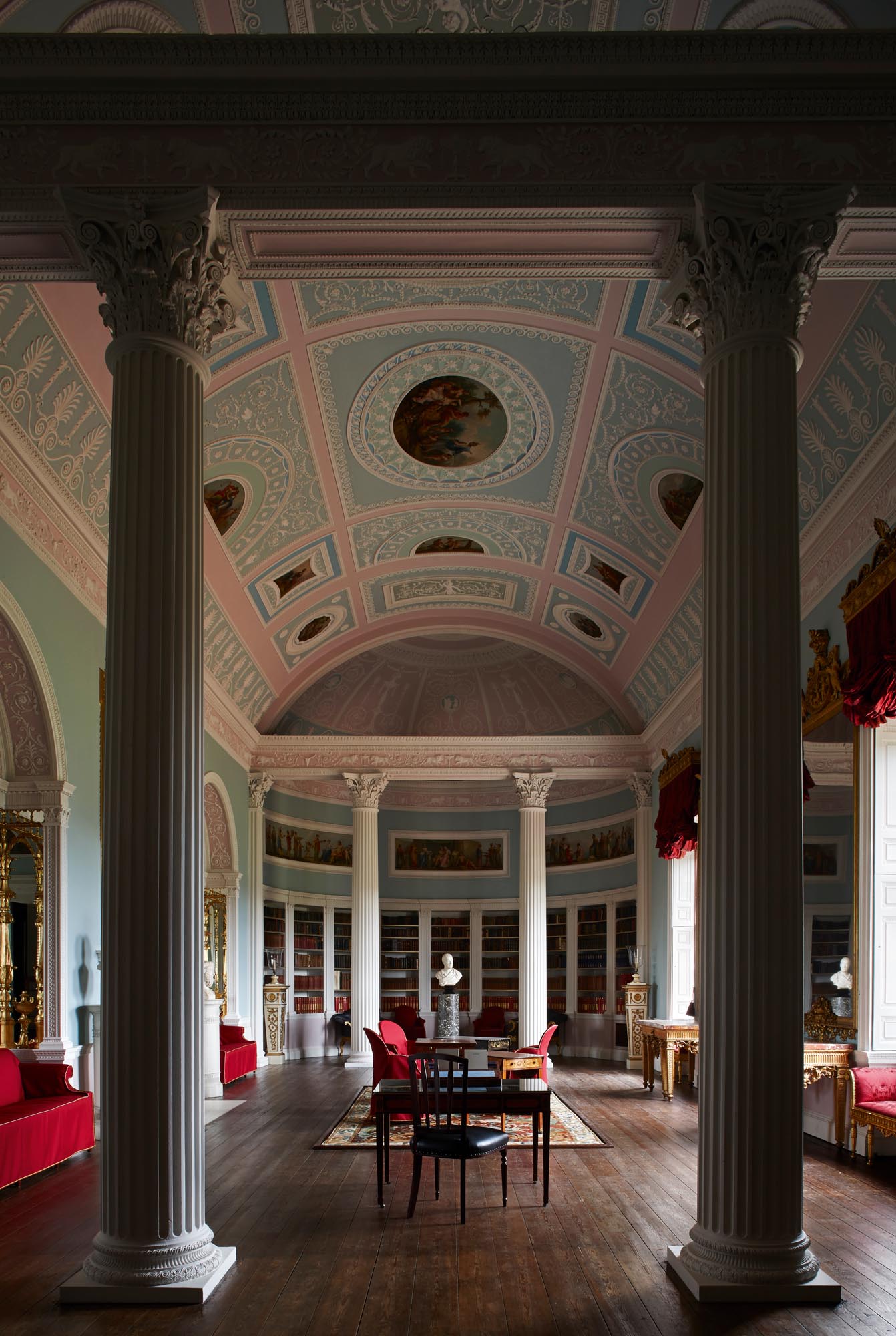
Four more great London buildings saved from the wrecking ball
St Mary Woolnoth, 1, King William St, EC4
Nicholas Hawksmoor’s City gem was threatened by the building of the London Underground’s Bank station in the early 20th century. Ultimately, only the crypt was lost to development.
St Pancras Station & former Midland Grand Hotel, Euston Rd, N1
Earmarked for demolition in 1966, before stiff opposition from the Victorian Society prevailed and it was awarded Grade I-listed status.
Smithfield Market, Grand Ave, EC1
SAVE headed a successful campaign against plans to replace the impressive Victorian site with an office and retail complex, after a long battle between 2008 and 2014.
Albert Bridge, SW11
Sir John Betjeman fought to save this delightful, rather delicate-looking Thames bridge, nicknamed the Trembling Lady for its tendency to vibrate when under heavy use, in the 1950s.
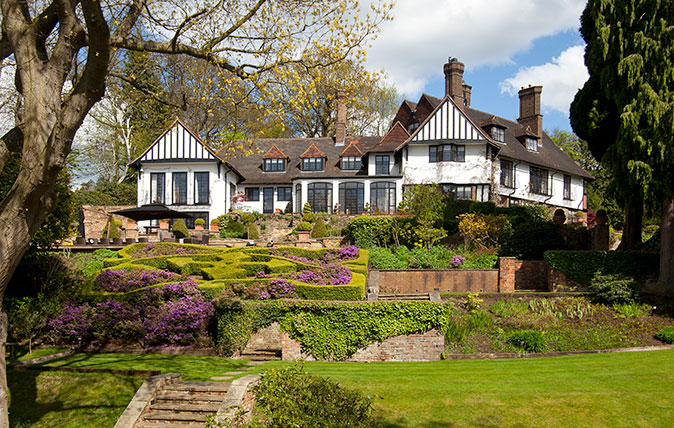
Credit: Kenwood - John Lennon's house in St George's Hill, Weybridge - Knight Frank
Inside the mansion where John Lennon lived at the height of Beatles fame
John Lennon and his then-wife Cynthia bought this beautiful house in St George's Hill as The Beatles were at the
Somerset born, Sussex raised, with a view of the South Downs from his bedroom window, Jack's first freelance article was on the ailing West Pier for The Telegraph. It's been downhill ever since. Never seen without the Racing Post (print version, thank you), he's written for The Independent and The Guardian, as well as for the farming press. He's also your man if you need a line on Bill Haley, vintage rock and soul, ghosts or Lost London.
-
 Why British designers dream up the most desirable hotels
Why British designers dream up the most desirable hotelsWhen it comes to hotel design, the Brits do it best, says Giles Kime.
By Giles Kime Published
-
 The five minute guide to 'The Great Gatsby', a century on from its publication
The five minute guide to 'The Great Gatsby', a century on from its publication'The Great Gatsby' sold poorly the year it was published, but, in the following century, it went on to become a cornerstone of world literature.
By Carla Passino Published